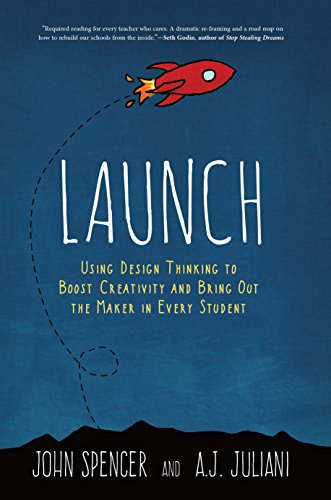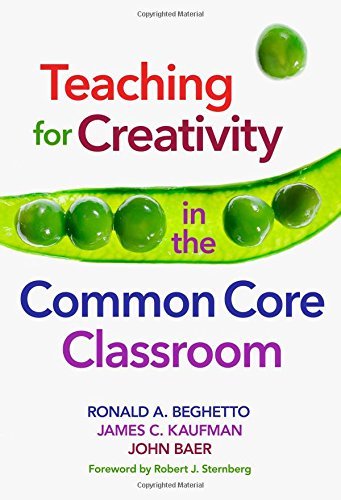NGSS Ideas
Two Books about Combining Creativity with Common Core Standards
Imagine you are a teacher trying to implement a STEM (Science, Technology, Engineering, and Math) approach to teaching in your classroom. You have heard of project-based learning and know that it helps kids build skills like critical thinking, creativity, and collaboration. All of these skills are part of STEM and are considered valuable skills for college and today’s job market. You want to try project-based learning in your classroom, but you have been avoiding it because the thought of trying to get all that creative spirit under control when you need to move on seems as appealing as learning to juggle chainsaws blind-folded.
If you are interested in project-based learning but don’t know where to start or how to fit it into your school’s education plan, here are two books that might help:

Launch: Using Design Thinking to Boost Creativity and Bring Out the Maker in Every Student
by John Spencer and A.J Juliani
The authors of this book spent years teaching in the classroom developing their approach to project-based learning. They turned it into a framework that guides you through the process of combining design thinking with meeting scholastic standards. The word ‘LAUNCH’ in the title is an acronym for the process they developed and here is what it means:
Look, Listen, and Learn
Ask lots of questions
Understand the problem or process
Navigate Ideas
Create
Highlight What’s working and Failing
The authors recommend letting the students guide their learning when implementing the LAUNCH cycle. The role of the teacher in this approach is to act as a mentor to help the students apply the steps of the process to develop a solution to a student-selected problem. Having at least part of a class devoted to this creates students who are more engaged in the classroom and learning. At the end of the book, they provide several lesson plans that show how to connect the LAUNCH cycle to the Common Core Standards.
Teaching for Creativity in the Common Core Classroom
by Ronald A. Beghetto, James C. Kaufman, and John Baer
The authors of this book are all education researchers, so they look at things from a more academic point of view. They spend the first part of the book looking at how we define creativity and what it means regarding society. They talk about how creativity is more than just brainstorming. It also involves having a deep enough understanding of a subject to develop something that is useful to others.
The Common Core Standard was developed by the National Governors Association with a lot of input from teachers, school administrators and parents, not as the result of some federal legislation. The authors admit that it is easy to create a narrow curriculum that just teaches to the Common Core but they point out that a lot of the Common Core Standards are written in a way that allows them to help students develop the critical thinking skills that come from experimentation. They spend a large portion of the book giving examples and guidelines on how to incorporate creativity and project-based learning into the Common Core Standards.

